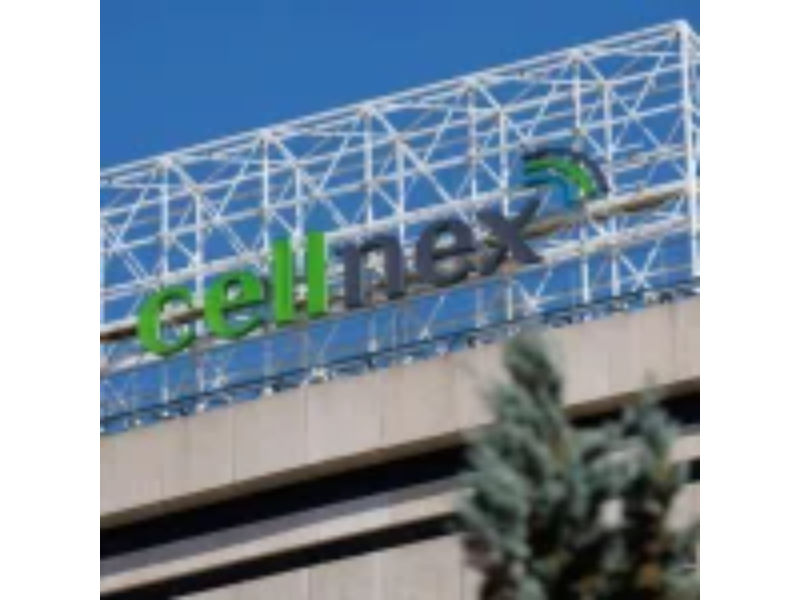- Cellnex and Virgin Media O2 deploy small cells on lamp posts to improve network performance
- This initiative aims to tackle mobile congestion and enhance 5G coverage in urban areas
What happened: connectivity in Bristol added by Cellnex and VMO2
Virgin Media O2 (VMO2) and Cellnex have partnered with Bristol City Council to boost connectivity in the city using lamppost-mounted small cells. Bristol City Council has provided Cellnex with access to lamposts to install small cells capable of increasing mobile coverage and capacity. The initial phase covers 25 sites, 12 of which are already live, with the remaining sites expected to be operational within weeks.
These small cells enhance 4G and 5G network coverage by tackling mobile congestion in high-demand areas, ensuring reliable connections for residents and businesses. This project aligns with Bristol’s goals of becoming a leading smart city by integrating technology into urban infrastructure. By leveraging existing street assets, the deployment is cost-effective and environmentally sustainable. The rollout began in late 2024 and targets central districts with heavy data usage.
Councillor Tony Dyer, leader of Bristol City Council said: “It’s exciting to see how we can enhance connectivity across Bristol for our residents and businesses. This partnership is a vital component of our wider strategy to prioritise high-quality digital access city-wide to support our vibrant and innovative community.”
Also read: Cellnex to acquire 6 telecom towers from NOS in Portugal
Also read: Global open RAN gets a push with new UK-Taiwan alliance
What it’s important
This deployment is a key example of how urban infrastructure can support growing connectivity needs, marking a shift in how cities address network demand. As mobile data consumption increases globally, innovative small-cell technology offers a scalable solution. Bristol’s use of lamp posts highlights how public-private partnerships can repurpose existing assets for technological advancements. This deployment could inspire similar strategies globally, addressing challenges like mobile congestion and 5G rollout costs. By enhancing network reliability, such efforts empower local economies and pave the way for connected smart cities of the future. Other examples, such as US-based startup Mobilitie‘s efforts to integrate small cells in public spaces, demonstrate the technology’s ability to enhance coverage in dense areas while reducing deployment costs.
Such projects drive economic growth by supporting businesses reliant on consistent, high-speed networks. They also improve user experiences, fostering better access to digital services. The positive impacts extend to enabling smart city advancements, such as IoT-powered utilities and seamless autonomous transportation. This approach redefines connectivity while showcasing how collaborations between cities and tech companies can leverage shared resources to meet societal needs, setting a replicable standard for sustainable urban development worldwide.

